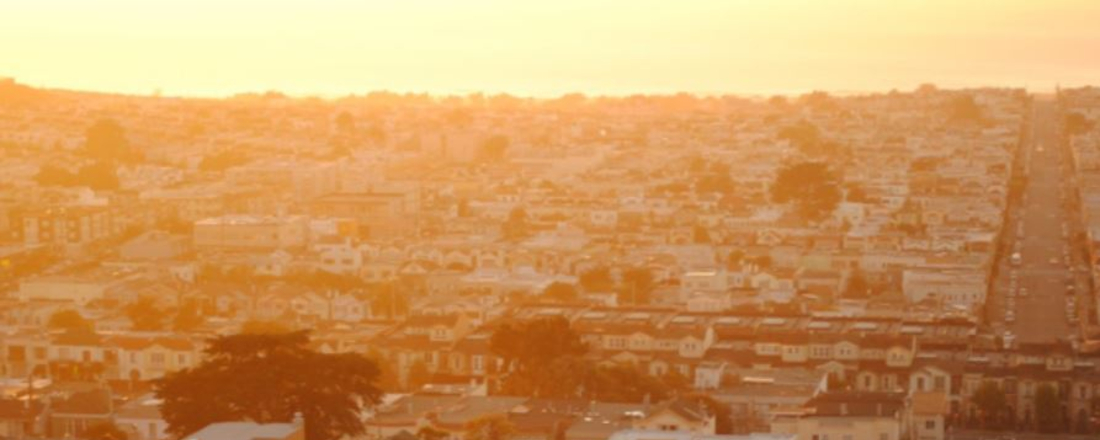Amazon alone has built 19 facilities, including fulfillment and air cargo centers, in the Inland Empire since 2012, the company confirmed. Walmart has at least six facilities, according to United for Respect, a nonprofit workers rights group. More warehouses have meant more large trucks driving in and out of the predominantly Black, Latino, immigrant and low-income neighborhoods where the facilities are based. And all that traffic has correlated with a rise in dangerous air quality and subsequent respiratory health problems that hit communities of color the hardest, including asthma, bronchitis and cancer, according to a report this month by the People’s Collective for Environmental Justice, researchers at the University of Redlands and other local groups. These communities are, the report shows, those that least benefit from the convenience of Amazon’s two-day delivery promise.
“Who is ultimately paying the cost of free shipping? Is it the developers building these warehouses? Absolutely not,” said Anthony Victoria, a local advocate for the People’s Collective for Environmental Justice. “The industry is booming. But the cost is seen through people’s asthma, people’s cancer and the lack of good jobs.”
Breathing troubles
Air quality has been poor in the region for decades, in part because the landscape forms a basin where smog lingers. The boom in warehousing, compounded by more frequent wildfires, has intensified the problem over the last decade, correlating with high rates of respiratory disease, particularly among children.
“The pollution not only affects them in terms of respiratory health, such as asthma, but pollution like the type we see around these freeways and warehouses will also reduce lung development for children,” said Dr. Afif El-Hasan, a pediatrician in Southern California and expert with the American Lung Association. “So it’s hurting them in the short run and the long run by not allowing them to have full development of their lungs like they would have in healthy air.”
From 2016 to 2018, the rate of emergency room visits for asthma and pneumonia in San Bernardino nearly doubled the rate statewide, according to data collected by the Tracking California project of the Public Health Institute, a California-based nonprofit focusing on health equity. Likewise, rates of ER visits for pneumonia in Rialto, where Gonzalez lives, were 44 percent higher than the state’s average.
Because many of the communities alongside busy transportation routes and warehouses are low-income, they are disproportionately affected by the industrial growth. “Those with lower socioeconomics tend to be more exposed to what’s around them, and many of them know that’s what’s making it difficult to breathe, but they don’t have the luxury to pick up and leave,” said Dr. Laren Tan, medical director of the Loma Linda University Health Comprehensive Program for Obstructive Airway Disease.
“Amazon’s current business model puts the lion’s share of pollution in communities that have less power and less wealth to stop it,” said Cunningham, the founding member of the Amazon employee climate group. “You don’t see Amazon put these warehouses in richer, whiter neighborhoods and communities.”
But Ana Gonzalez, who recorded the line of trucks idling outside an Amazon shipping center last week, doesn’t expect local advocates’ call for accountability to be answered easily.
“At this point the warehouses are already here,” she said.
“Many people in our communities are tired of fighting. They’re asking, ‘If these measures don’t pass, then what?’ And I tell them that this is our community and we have to keep fighting. These developers don’t represent us, and if our representatives don’t hold them accountable, we have to elect them out of office.”
Click below to read the full story from NBC News.





